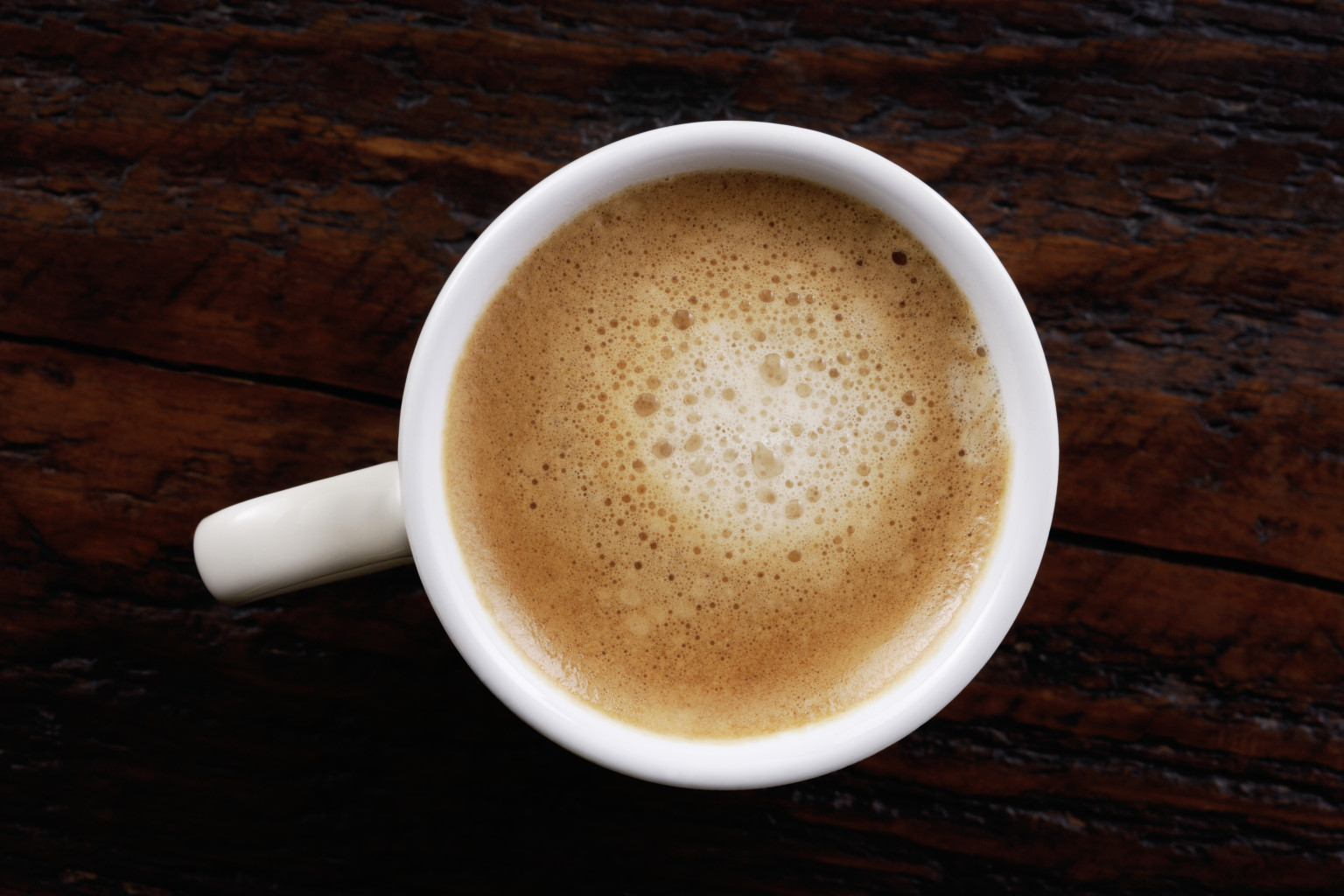
Espresso is the basis for the majority of the coffee and milk based drinks on the menu. The product costs are around 15 cents to make a shot of espresso, and about 35-40 cents to make a mocha, cappuccino or latte ? Obviously, equipment, staffing and location add a lot to the cost, however the low consumable expenses vs. high list prices are among the primary factors many coffee shops are emerging in the areas across America.
Follow the link for the full article Click for source.
This guide presents the useful details needed for you to choose the right espresso equipment for your home, office, or business. Without a firm understanding of the various espresso makers, the decision procedure may be complicated and rather frustrating simply due to the fact there are numerous models to pick from. This guide is not very brief, but investing the time to read it will greatly improve your buying experience.
Espresso is merely another approach by which coffee is brewed. There are various methods of brewing coffee that consist of making use of a stove leading coffee maker, percolator, French press (or coffee press), vacuum pot and others. Espresso is brewed in its own unique way.
Espresso is a drink that is produced by pushing warm water, between 192F and 204F, at high pressures, through a bed of carefully ground, compacted coffee. A regular single is around 1 to 1.5 ounces of drink, using around 7grams (or 1 tablespoon) of ground coffee. A regular double is between 2 and 3 ounces, using double the volume of coffee premises. The shot is brewed for roughly 25 to 30 seconds, and the same time applies to both a single or double shot (double baskets are bigger, with more screen location, and the coffee flows much faster - single baskets limit the flow more, leading to 1.5 ounces in 25-30 seconds).
An espresso device brews coffee by forcing pressurized water around boiling point through a "puck" of coffee grounds and a filter basket in order to yield a thick, concentrated coffee named espresso. The very first piece of equipment for brewing espresso was constructed and patented in 1884 by Angelo Moriondo in Italy. Check this Twitter Moments collection for an in-depth introduction to the espresso machine.
⚡️ “How to Choose an Espresso Machine” by @coffeeblogger1 https://t.co/sTC6SIx6Yw
— Coffee Lover (@coffeeblogger1) February 28, 2021
Crema is one of the visual signs of a quality shot of espresso. In Italy, where most real espresso is purchased in a cafe, it is popular to lift cup and dish, smell the shot, and consume it in 3 or 4 fast gulps.
Espresso is confusing because usually, it isn't prepared correctly. True espresso, brewed with a pump or piston driven espresso maker is really requiring on the bad coffee bean grinds. Prior to we get into the relative 'torture' that ground coffee is put through to produce an exceptional espresso, let us take an action back and talk about a bit more the mistaken beliefs about the beverage.
Espresso is not a type of bean: This is a common misunderstanding, and incorrect marketing by coffee chains, supermarket, and even word of mouth give the impression that espresso is a type of bean. Any coffee bean can be utilized for espresso, from the most common Brazils to the most unique Konas and Ethiopian Harar coffees.
Espresso is not a type of blend: This one is likewise a common mistaken belief, but with some reality to the claim in that there specify blends designed for espresso. The problem is, many individuals think there is only one kind of blend that is matched for espresso. Many high quality micro roasters would disagree with this - Roaster Craftsmen the world over work vigilantly on their own variation of "the ideal espresso blend".
Espresso is not a Roast Type: Another popular misunderstanding is that espresso can just be roasted one way (and normally the thought is that espresso should be very dark and glistening with oils). The Northern Italian way of roasting for espresso is producing a medium roast, or more commonly understood as a "Complete City" roast if you like on the west coast of the U.S.A..
Espresso is the basis for many of the coffee and milk based drinks on the menu. Espresso is a beverage that is produced by pushing hot water, between 192F and 204F, at high pressures, through a bed of carefully ground, compressed coffee. True espresso, brewed with a pump or piston driven espresso machine is very demanding on the poor coffee bean grinds. Espresso is not a type of blend: This one is also a typical misunderstanding, but with some reality to the claim in that there are specific blends designed for espresso. Espresso is not a Roast Type: Another popular misconception is that espresso can only be roasted one method (and normally the thought is that espresso needs to be incredibly dark and glistening with oils).
The full tutorial, and more espresso coffee making articles at Coffee-Brewing-Methods.com